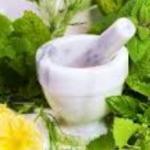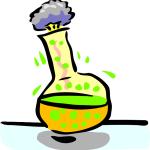I will never be out of a job because literally, every single day, something idiotic is trending either on Google or Twitter. Today, the trending term is "Rubber Duck."
Chemicals & Chemistry
It is impossible to disprove a negative, which also means that it is impossible to prove that something is safe. The best you can do is perform the best possible studies using the best possible protocols.
In response to a bizarre emissions scandal - they were caught rigging emissions software to show improved performance in America long after their technology had been able to legitimately do it - Volkswagen AG announced a "path" toward el
While many people would rather never think about it, we're increasingly living in a country where wastewater is not only recaptured – but oftentimes it's treated so that it can be added to the water supply that flows from our taps at home.
It's often helpful for journalists who do not have specialized knowledge of complex scientific topics to write about them anyway, because if they can understand them and figure out how to communicate them, they can perform a tremendous public serv
There are no guarantees in life. Except when there are. Here's one.
NYT's Nicholas Kristof sure knows how to live harder, not smarter. He's been avoiding chemicals and living clean — as he puts it — for several years.
The New York Times, specifically pundit Nicholas Kristof, has once again demonstrated their flair for hyperbole at the price of scientific honesty.
A February 23rd, 2018 statement from the U.S Food and Drug Administration about bisphenol A (BPA) should come as no surprise to anyone who has read our work.
An article published in Science on volatile chemicals has predictably entered the mainstream media featuring concerns about how we are polluting our planet more and more with household products.











